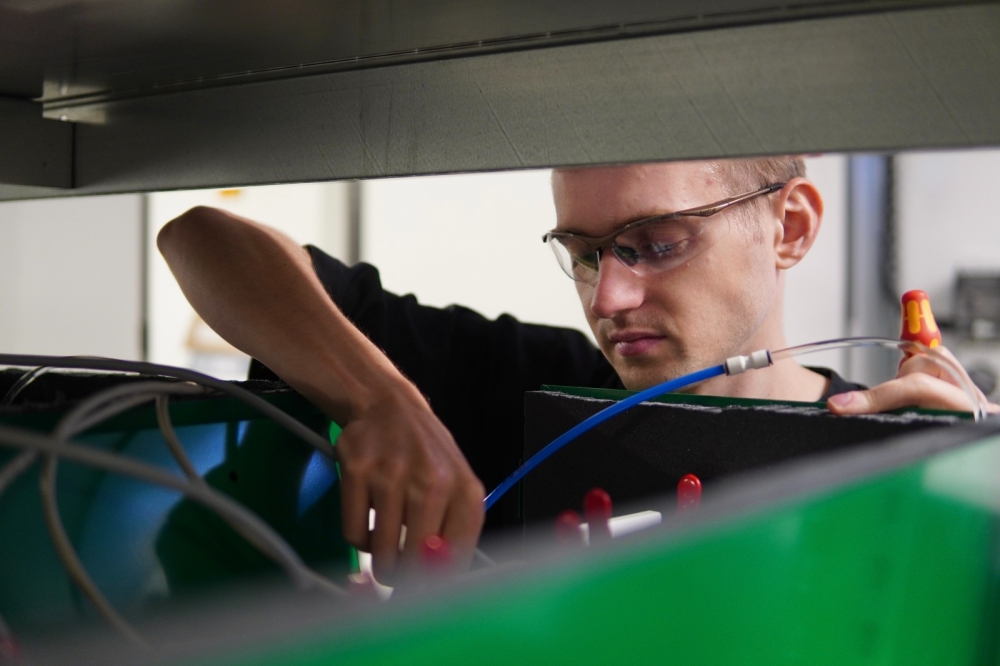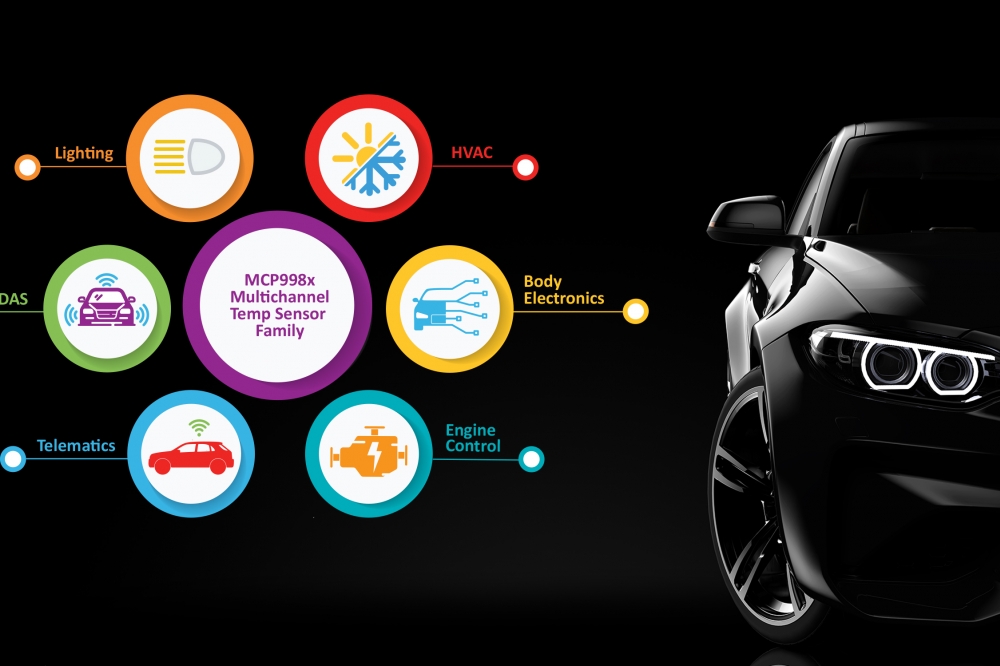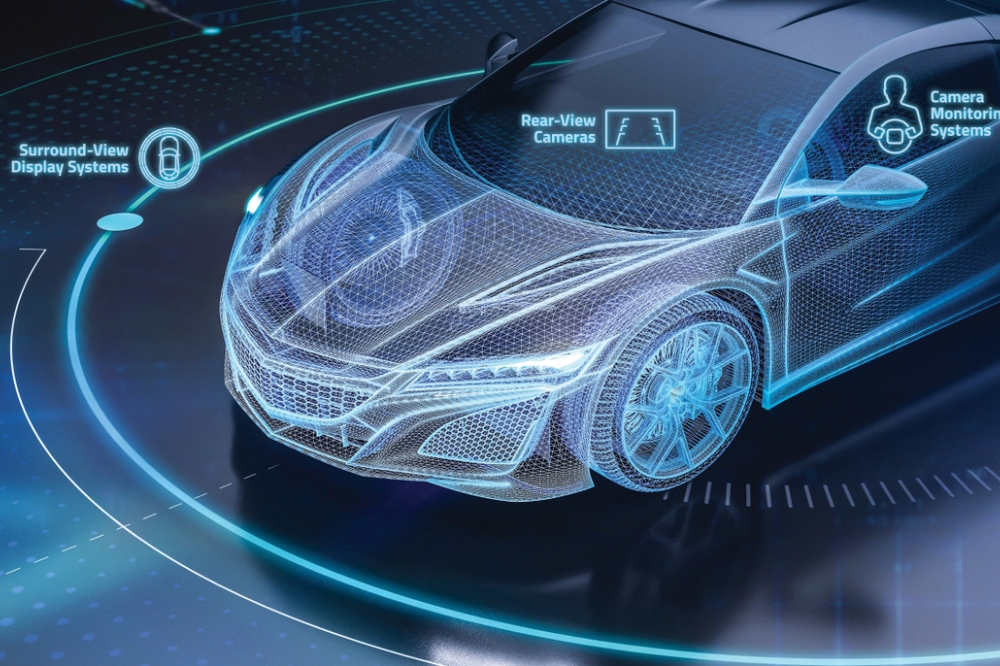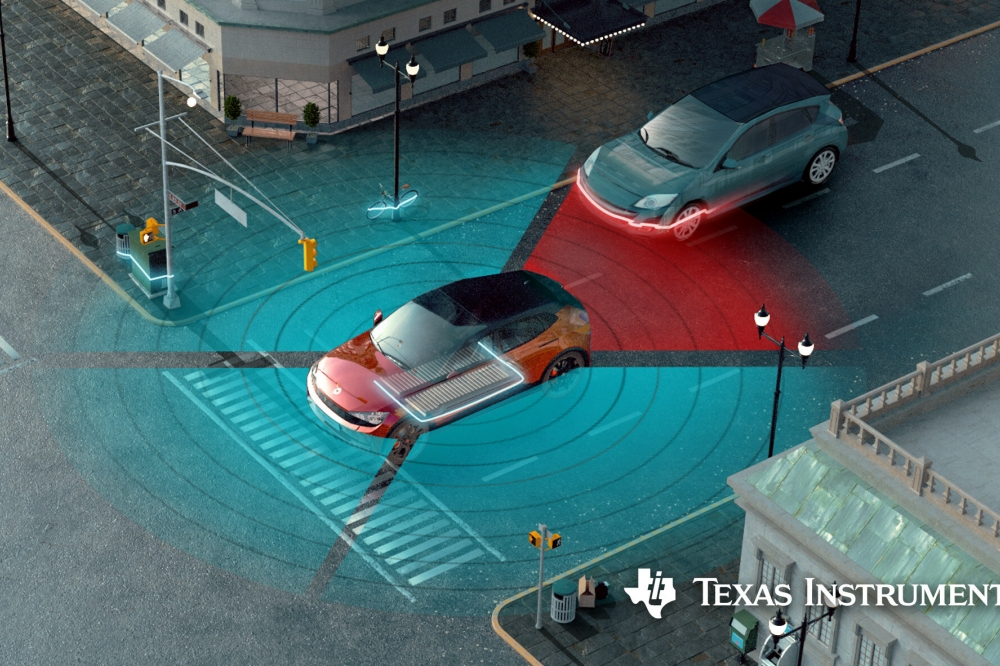Ford launches the third generation of its self-driving vehicles
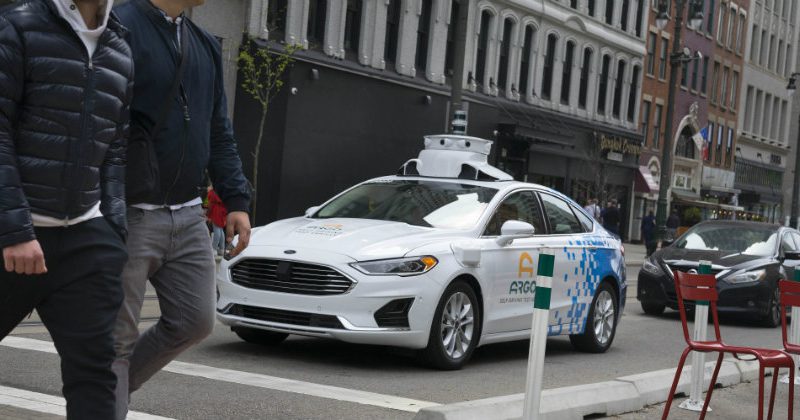
Ford and Argo AI have jointly launched the third generation of the automaker’s self-driving vehicles.
A new Ford Fusion Hybrid has been deployed in all five major cities the collaboration operates in: Pittsburgh, Palo Alto, Miami, Washington, D.C., and now Detroit — where the company is expanding its testing footprint in Michigan beyond Dearborn.
The new, third-generation of test vehicles are not only outfitted with new technology that’s a step closer to production specification, but also modifications that are designed to help ensure they stay safe through a variety of conditions. They are equipped with a significantly upgraded sensor suite, including new sets of radar and cameras with higher resolution and higher dynamic range.
When trying to see an object that’s very far away, a lower resolution camera may only be able to represent it as a pixel or two. But with higher resolution, it may be able to get a dozen pixels out of the same far away object. In concert with upgraded software, this means these vehicles are getting better at seeing what’s farther ahead and classifying what it is.
The new test fleet also features a brand-new computing system — one that offers more processing power than previous cars, with improved thermal management systems that generate less heat and noise inside the vehicle. That means a smarter vehicle, but also a quieter, more comfortable ride for anyone inside.
Additionally, these vehicles can continue operating safely in the event that something unexpected occurs. The latest development vehicles now feature redundant braking and steering systems that help maintain vehicle motion control in the event one of the units stops functioning. These types of redundant systems are included to help ensure the safe deployment of self-driving vehicles, granting them the ability to detect faults and preserve their ability to safely stop or pull over as needed.
Bringing these vehicles to Detroit gives the automaker an opportunity to learn how they operate in yet another environment — one where they have engineering operations in close proximity and where Corktown serves as Ford’s base for self-driving vehicle development. Every city represents a unique opportunity to make self-driving system smarter because of the exposure to different road infrastructure design, driving behaviour and even traffic light placement. Ford says that the collective knowledge gained by operating in five very different locales is a big part of the reason why they are making great progress.
Peter Rander, President, Argo AI, said a blog post, “Some Detroit streets are wide and can often have unmarked lanes, presenting our vehicles with the challenge of having to reason through how to navigate while predicting what other drivers may do, so we don’t cause unnecessary congestion. Other residential streets are narrow two-lane roads with cars parked on either side. Combine that with overhanging tree branches, which we don’t often see in other urban environments, and you’ve got a very dynamic situation. Add in pop-up construction that’s occurring all over the city and you’ve got a diverse, condensed training ground that really informs our development efforts.”
Ford launches the third generation of its self-driving vehicles
Modified on Friday 14th June 2019
Find all articles related to:
Ford launches the third generation of its self-driving vehicles


 Add to my Reading List
Add to my Reading List Remove from my Reading List
Remove from my Reading List